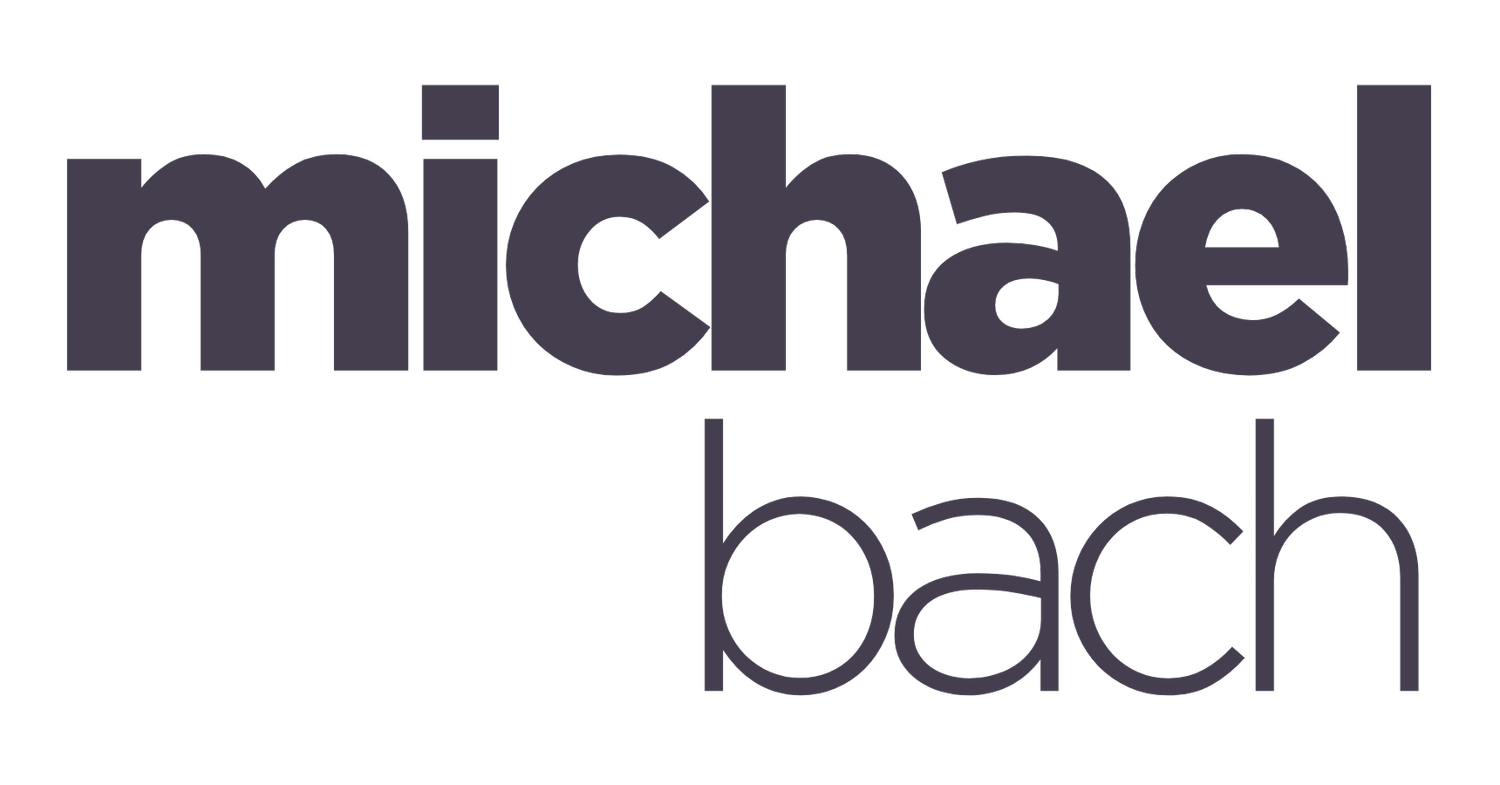Things You Need to Understand About Gender Pronouns
You may have noticed pronouns popping up all over the place: in email signatures, online profiles, and even as people introduce themselves: “Hi, my name is Michael, and my pronouns are he/him.” But why does it matter?
1. What is a gender pronoun?
Merriam Webster defines a pronoun as “any of a small set of words in a language that are used as substitutes for nouns or noun phrases and whose referents are named or understood in the context.” A “personal pronoun” is a pronoun (such as he/him, she/her, and they/them) that a person goes by.
The concept of a personal pronoun (or just a pronoun) is not new. They have existed for centuries. We say things like, “where is he?” or “I’ll call her.” What may be new for some is referring to people using gender-neutral pronouns like “they/them.”
2. Are gender-neutral pronouns new?
Different genders, beyond the gender binary of “man” and “woman,” have existed for thousands of years. There are references to multiple genders that go back as far as 2000 BC. We see them in Mesopotamian, Egyptian, Indian, Mediterranean, Arabian, and Israeli cultures, as well as with North American Indigenous peoples.
It has only been in relatively recent times that we have seen people starting to identify outside of the gender binary, and using gender-neutral pronouns like they/them, or neopronouns such as ze/zir.
3. What’s the difference between sex and gender?
Simply put, sex is something that is assigned to you based on (primarily) physical characteristics. The person who brings you into the world looks down and determines the sex of a child based on what they see. There are only three options: male, female, and intersex. Intersex is a term used to refer to a person who is born with some combination of both male and female sex characteristics and is an umbrella term to describe several different sex variations.
Gender is a social construct (meaning we as a society have agreed it exists, but we made it up) that a person decides for themselves, and can be seen in how we dress and our mannerisms, and how those things are perceived by society. When a person has a beard, that is considered a masculine characteristic. When a person wears makeup, that is considered a feminine characteristic.
Gender and sex are not the same things. You cannot determine a person’s gender based on their genitals. Sometimes a person’s gender matches the sex assigned at birth. Sometimes it doesn’t.
4. Why do gender pronouns matter?
Imagine your name is Mark, but your in-laws constantly call you John. How would that feel? Our name is something that defines who we are. I am a “Michael,” but never a “Mike.” If people call me Mike, I correct them. And no one has an issue with that. Pronouns are the same. My pronouns are he/him. No one ever refers to me as she/her.
But imagine if they did. Imagine that you identify as a man, and your in-laws constantly referred to you using the pronouns she/her. That would seem confusing, wouldn’t it? Now imagine a person that doesn’t identify as either man or woman, who uses the pronouns they/them. Imagine living in a world where people are constantly referring to you using the wrong pronouns.
Pronouns are about how a person identifies and using a person’s correct pronouns is about showing that you respect them.
5. Why is language evolving now?
In 2015 the Oxford Dictionary’s Word of the Year was an emoji. The evolution of language is not new. Language is always evolving and always will be.
For some, the idea of changing how you refer to a person is challenging and will take time for you to adjust. And it might. But consider the story of Cassius Clay who you may know by his other name, Muhammad Ali. Clay changed his name to Ali when he converted to Islam in 1964. Do you think anyone referred to him as Cassius anymore?
We change language all the time. When people get married, they sometimes change their last names to match their spouses. It happens. We adjust.
6. What can I do to be more gender inclusive?
There are three simple things that people can do to send a message of gender inclusion:
Include your pronouns in your email signature and online profiles.
It’s a very simple thing to do but it sends a strong message. Add your pronouns to your email signature, LinkedIn and Zoom profiles, and anywhere you can. This sends a message to people about how you identify, and that you at least have some basic understanding of gender. You can even include a link to sites like https://pronouns.org/ and use the opportunity to educate others.Share your pronouns when you meet someone new.
When you introduce yourself – whether in a meeting, presentation, or at an event – include your pronouns in your introduction. It may seem a bit odd the first few times you do it, but by including them, you’re making sure that people understand how you identify, and that they are safe to do the same.Be open and respectful.
If someone tells you they use the pronouns they/them, make sure you do the same and don’t misgender them. If (when) you make a mistake, simply correct yourself and move on. And keep working on it. It takes time to adjust.
The last and most important thing you need to remember is “it’s not about you.” Just because people aren’t going to misgender you, doesn’t mean they won’t misgender others. Sharing your pronouns is a way of making it clear for people who are gender diverse and use pronouns beyond he and she, that they can be themselves around you, and they will be safe and welcome in your space.
